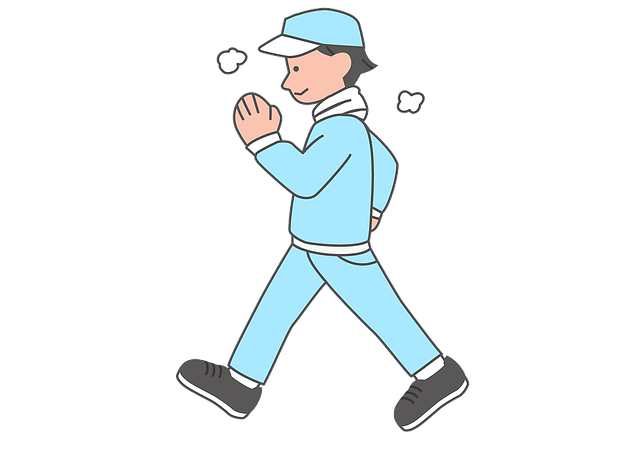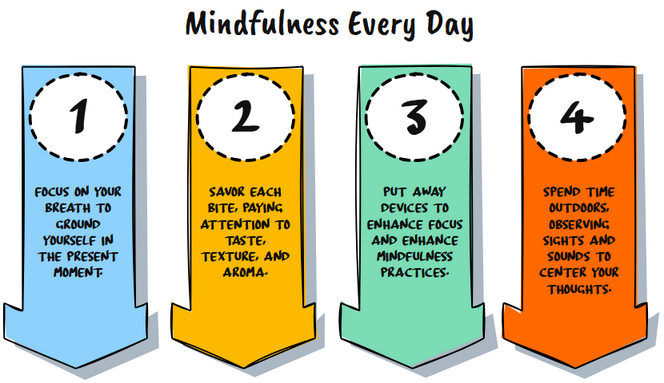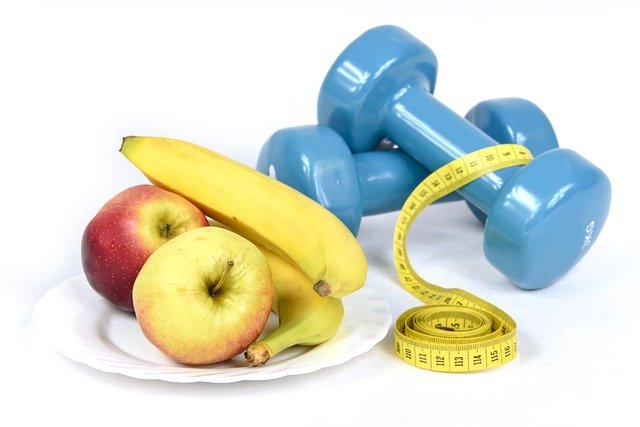
Discover powerful mindfulness techniques to transform your life. Learn how to reduce stress, increase focus, and find inner peace with these proven methods.
Introduction
In our rapidly moving society, it can be challenging to discover tranquil and insightful moments. Nevertheless practicing mindfulness provides a tangible approach to addressing this contemporary issue. This detailed resource delves into mindfulness practices that can positively impact your everyday experiences, helping you develop a peaceful and centered mindset amid life’s challenges. Even in hectic circumstances, we’ll examine methods to foster tranquility and concentration.
Understanding Mindfulness
Mindfulness is about being fully present in the moment. It means paying attention to what’s happening, inside and outside ourselves. Practicing mindfulness, we focus on our thoughts, feelings, and surroundings without judgment. This can help us feel calmer and less stressed.
Research has shown that regular mindfulness practice can:
- It Reduces stress and anxiety
- Improve focus and concentration
- Enhance emotional regulation
- Boost overall well-being
Basic Mindfulness Techniques
1. Mindful Breathing
Focusing on your breath is an effective and straightforward technique for soothing your mind and body. This practice of conscious breathing offers a simple yet impactful method for achieving a state of calmness and relaxation. Mindful breathing involves paying attention to your breath as you inhale and exhale. When you focus on your breathing, you can slow down racing thoughts and feel more relaxed. To practice mindful breathing, find a quiet spot and sit comfortably.
2. Body Scan Meditation
Body scan meditation is a simple and effective way to relax and reduce stress. It involves focusing on different body parts, one at a time, from head to toe. As you do this, you notice any sensations, tension, or discomfort in each area. The goal is to become aware of your body without trying to change anything. This technique allows you to reconnect with your body and promotes tranquility and overall wellness. A significant number of individuals
3. Mindful Walking

Enhances Cognitive Flexibility
Mindful walking can improve cognitive flexibility, the ability to switch between different tasks or thoughts. This mental agility is often overlooked but can significantly boost problem-solving skills and creativity in daily life.
It is a great way to incorporate mindfulness into your daily routine. This technique involves paying close attention to the physical sensations of walking and your surroundings. Here’s a simple guide:
- Choose a quiet place to walk, either indoors or outdoors.
- Begin walking at a slow, comfortable pace.
- Pay attention to the sensation of your feet touching the ground with each step.
- Pay attention to how your legs move and your body weight shifts as you walk.
- Observe your surroundings, observing sights, sounds, and smells without judgment.
- If your mind wanders, gently bring your attention back to the act of walking.
Mindfulness Practices
As you become more comfortable with basic mindfulness techniques, you should explore more advanced practices to deepen your mindfulness experience.
1. Compassionate Well-Wishing Meditation
This technique focuses on developing empathy and benevolence towards oneself and others. It can assist in diminishing unfavorable emotions and fostering positive connections. The following is a straightforward, compassionate, well-wishing meditation:
- Sit comfortably and close your eyes.
- Start by taking a few moments to concentrate on your breathing.
- Bring to mind someone you care about deeply.
- Gradually extend these wishes to yourself, acquaintances, and eventually all beings.
2. Mindful Eating
This practice can help improve your relationship with food and increase your enjoyment of meals. Try this exercise:
- Select a small morsel of food, such as a dried grape or a thin slice of fruit.
- Examine the food closely, noticing its color, texture, and shape.
- Smell the food and notice any sensations in your mouth or body.
- Slowly place the food in your mouth, but don’t chew yet.
- Notice the taste and texture as you begin to chew slowly and deliberately.
- Pay attention to the sensations of swallowing and how your body feels afterward.
3. Visualization Meditation
Visualization meditation involves creating a mental image to promote relaxation and positive emotions. This technique can be beneficial for reducing stress and anxiety. Here’s a simple visualization exercise:
- Sit or lie down comfortably and close your eyes.
- Take a few deep breaths to relax your body.
- Envision a tranquil setting, such as a serene coastline or a lush woodland
- Use all your senses to make the image as vivid as possible.
- Notice your imagined environment’s colors, sounds, smells, and textures.
- Allow yourself to feel calm and relaxed in this peaceful place.
Incorporating Mindfulness into Daily Life

Although structured meditation practices are beneficial, the essence of mindfulness truly shines when integrated into daily activities. Here are several approaches to incorporate mindfulness into your everyday routine:
- Begin your day with a conscious awakening routine: Before rising from bed, take a few moments to focus on your breath or perform a gentle body awareness exercise.
- Mindful Commute: Instead of scrolling through your phone or getting lost in thought, pay attention to your surroundings during your commute.
- Mindful Work Breaks: Take short breaks throughout the day to practice mindful breathing or do a quick body scan.
- Mindful Listening: When conversing with others, practice giving them your full attention without planning your response.
- Mindful Technology Use: Set aside specific times to check your phone or email, and be fully present with the task at hand during other times.
- Mindful Household Chores: Turn routine tasks like washing dishes or folding laundry into opportunities for mindfulness by focusing on the sensations and movements involved.
Overcoming Challenges in Mindfulness Practice

Mindfulness can interfere with goal-directed behavior
- Balancing mindfulness with proactive thinking is crucial for maintaining life direction and achieving long-term objectives.
- While mindfulness promotes present-moment awareness, it can sometimes hinder future planning and goal pursuit.
Like any newly acquired ability, mastering mindfulness practices may present specific difficulties. Below are some typical roadblocks and approaches to address them:
- Mind Wandering: It’s normal for your mind to wander during mindfulness practice. When you notice this happening, gently redirect your attention back to your chosen focus without judgment.
- Lack of Time: Start with short, manageable sessions (even just 1-2 minutes) and gradually increase the duration as you build the habit.
- Restlessness or Boredom: If you feel restless, try a more active form of mindfulness, like mindful walking. If boredom arises, treat it as another sensation to observe without judgment.
- Expectations: Let go of the idea that your mind should be completely blank or feel a certain way. Mindfulness is about observing your experience, whatever it may be.
- Inconsistency: Set a regular time for your practice and consider using reminders or apps to help you stay consistent.
- Difficulty Focusing: If focusing on the breath is challenging, try using other anchors like sounds, body sensations, or a visual object.
The Science Behind Mindfulness

Mindfulness improves immune function
Research has revealed that mindfulness meditation can boost the activity of natural killer cells, a type of white blood cell that helps fight off viruses and cancer cells. This suggests that mindfulness practices may have a direct positive effect on our body’s ability to defend against illness.
Mindfulness is a practice that helps people focus on the present moment. It involves paying attention to thoughts, feelings, and surroundings without judgment. Scientists have found that mindfulness can change how our brains work. When we practice mindfulness regularly, it can reduce stress and make us feel calmer. It also helps improve memory and concentration.
Studies show that mindfulness can help physical health by lowering blood pressure and boosting the immune system. Many people practice mindfulness using simple techniques like deep breathing or body scans. These exercises can be done anywhere, anytime, making it easy for anyone to try. As more research is done, we continue to learn about the positive effects of mindfulness on our overall well-being.
Mindfulness will improve cognitive flexibility. Also Read https://pivotyourself.com/cognitive-flexibility-5-game-changing-techniques/
Conclusion
Mindfulness techniques offer a powerful way to navigate the challenges of modern life with greater ease and awareness. Incorporating these practices into your daily routine can cultivate a sense of calm, improve your focus, and enhance your overall well-being.
Mindfulness techniques provide valuable tools whether you’re dealing with stress, seeking to improve your mental health, or simply looking to live with greater presence and intention. Start small, be consistent, and allow yourself to experience the transformative power of mindfulness in your life.
Are you ready to begin your mindfulness journey? Why not start right now with a few minutes of mindful breathing? Your calmer, more focused self is just a breath away.
FAQ
- What is mindfulness?
Mindfulness is being fully present and aware of your thoughts, feelings, and surroundings without judgment. - How can mindfulness improve my life?
Mindfulness can reduce stress, improve focus, enhance emotional regulation, and increase well-being. - Do I need special equipment to practice mindfulness?
No, mindfulness can be practiced anywhere without any special equipment. All you need is a quiet space and a few minutes. - How often should I practice mindfulness techniques?
It’s best to practice mindfulness daily, even for a few minutes. Consistency is more important than duration. - Can mindfulness help with anxiety?
Yes, mindfulness can help reduce anxiety by teaching you to focus on the present moment rather than worrying about the future. - What’s the difference between mindfulness and meditation?
Mindfulness is a state of awareness, while meditation is a practice that can cultivate mindfulness. Meditation is one way to develop mindfulness skills. - Is mindfulness related to hypnosis?
While both involve focused attention, mindfulness is about awareness of the present moment, whereas hypnosis typically involves a trance-like state. - Can I practice mindfulness while doing other activities?
You can practice mindfulness during daily activities like eating, walking, or washing dishes by focusing on the present experience. - How long does it take to see benefits from mindfulness practice?
Some people notice benefits quickly, while others may take weeks or months of consistent practice. Everyone’s experience is different. - Are there any risks associated with mindfulness practices?
For most people, mindfulness is safe. However, individuals with certain mental health conditions should consult a healthcare professional before starting a mindfulness practice.

1 thought on “Mindfulness Techniques: Hypnotic Secrets for a Better Life”